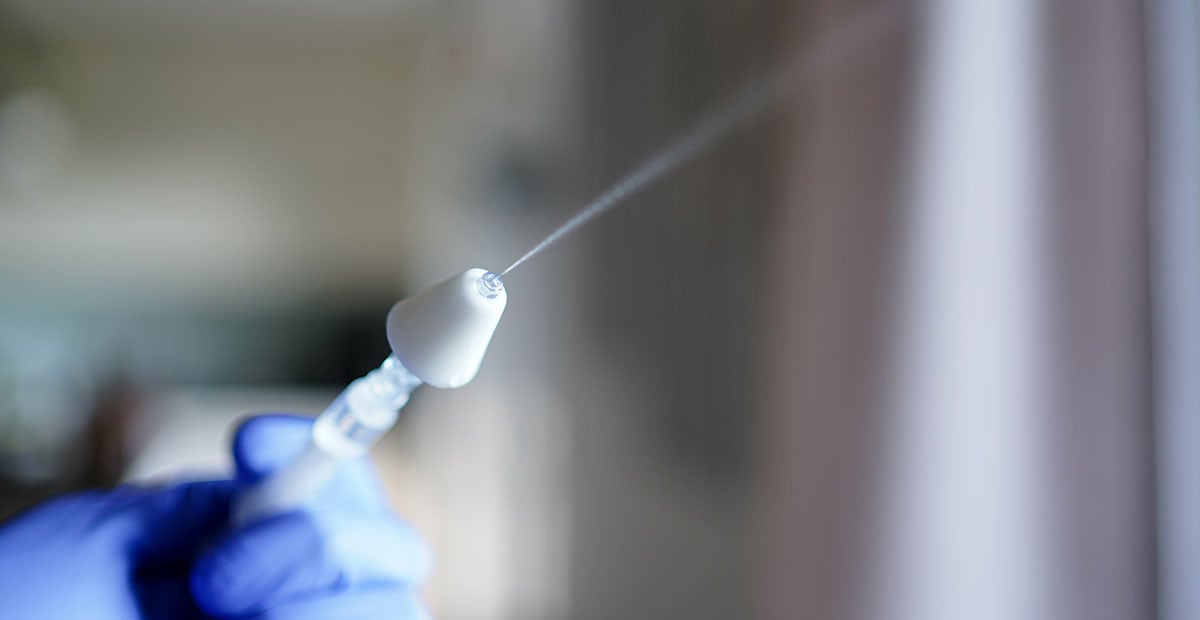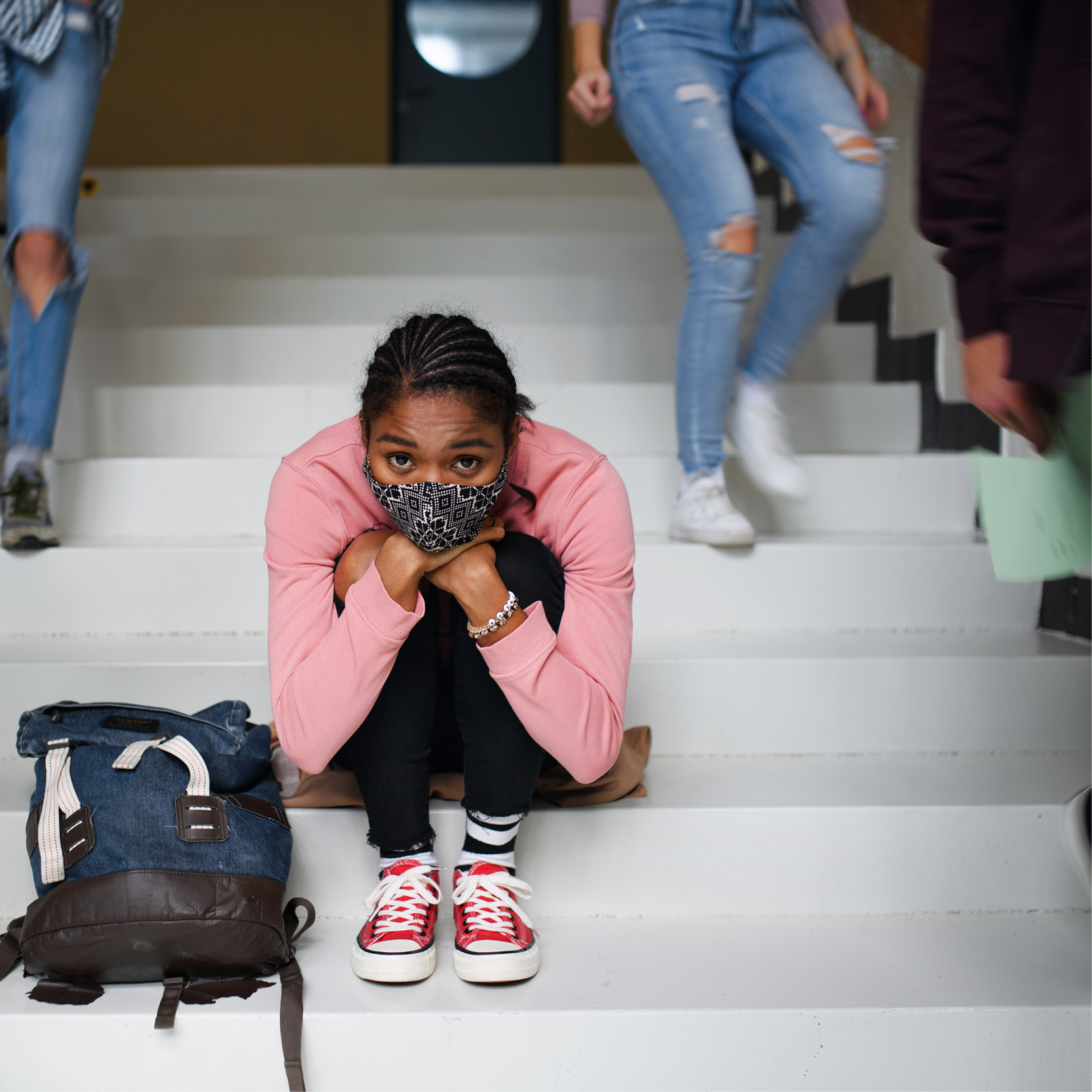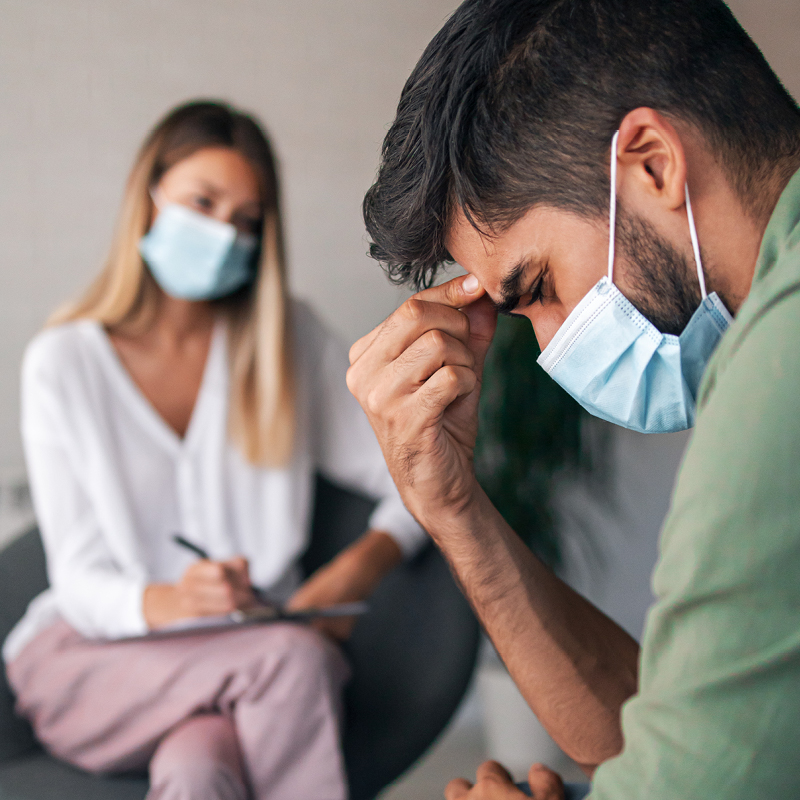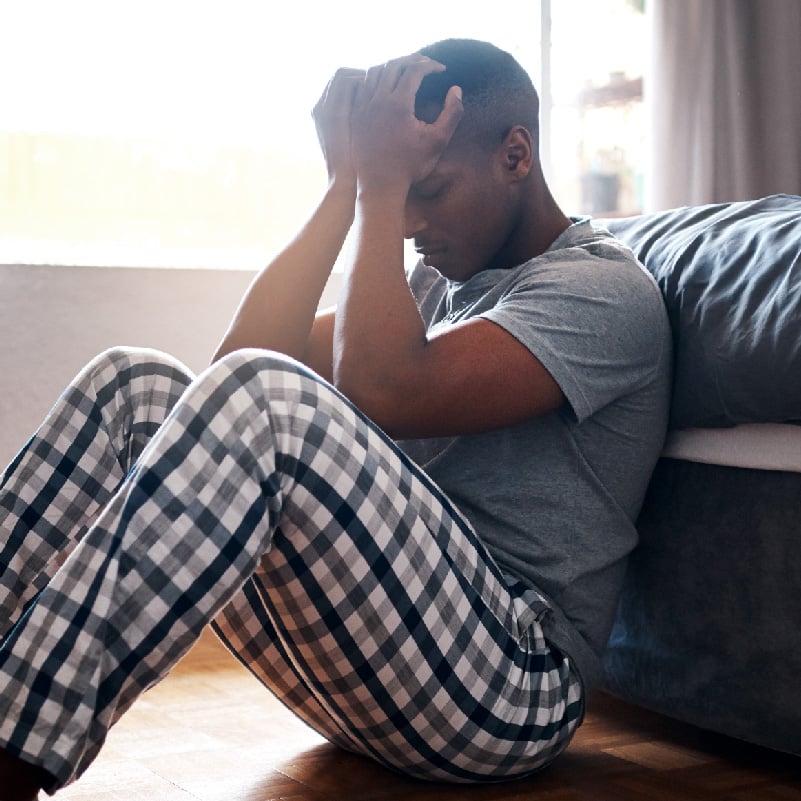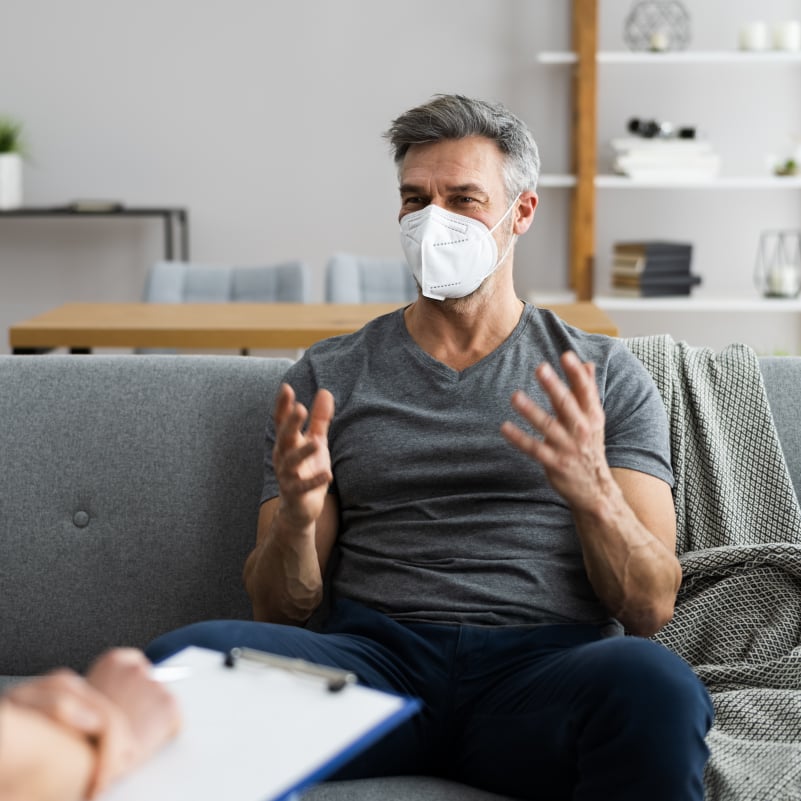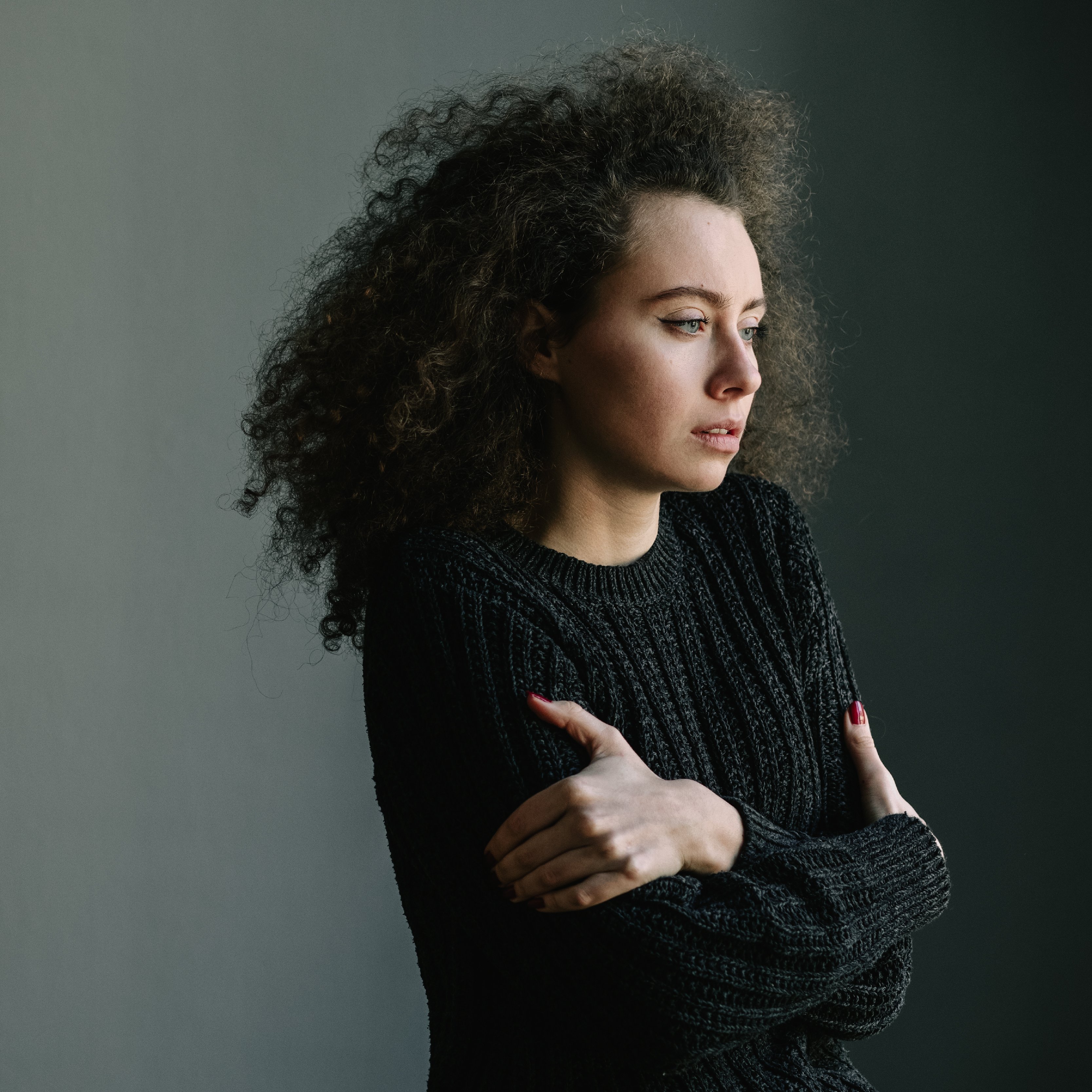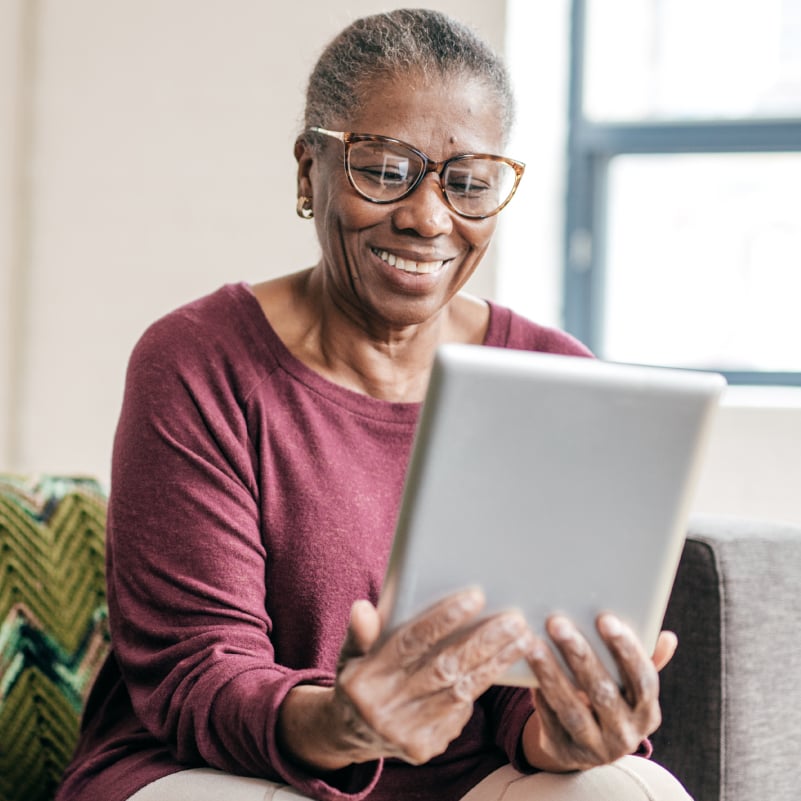In every community across the United States, whether big cities or small towns, people are living with addiction and substance use disorders. In the last 12 months, the CDC reported more than 105,000 drug overdose deaths – mostly linked to synthetic opioids such as fentanyl. Overdoses can also happen when prescribed opioids are taken more often than prescribed, when opioids are mixed with other medications or alcohol, or when accidentally ingested by children.
The reasons behind the increase in overdoses and overdose deaths are complex and challenging. With that in mind, help for people living with substance use disorders need to come from a wide variety of places.
Recently, the FDA approved multiple forms of naloxone, a drug that reverses the effects of an opioid overdose, to be purchased over-the-counter. Two brands of naloxone – Narcan and RiVive – are now being sold at local pharmacies and drug stores – but are also available for no cost at some local health departments and other locations.
How Narcan works
When a person takes opioids in any form, the drug will bind to opioid receptors in the body. When this happens, pain signals are prevented from traveling from the brain to the body. At the same time, large amounts of dopamine are released throughout the body. Opioids also slow down breathing, which can cause a life-threatening lack of oxygen to the brain and body.
Narcan and other forms of naloxone are called opioid antagonists – meaning they block those opioid receptors and reverse the effects of opioids. This can help a person breathe normally again if their breathing has slowed down or stopped because of an overdose.
When to use Narcan
Naloxone can be administered to someone experiencing an overdose with a simple-to-use nasal spray. If someone is suffering from an opioid overdose, one or two doses of naloxone should restore breathing to safe levels. It is important to initiate emergency services for someone who has received naloxone so that they can continue to receive life-saving medications after the naloxone has worn off.
According to the FDA, people who are living with an opioid addiction or substance use disorder may experience severe withdrawal symptoms when Narcan or RiVive is administered, including body aches, diarrhea, increased heart rate (tachycardia), fever, runny nose, sneezing, goose bumps, sweating, yawning, nausea or vomiting, nervousness, restlessness or irritability, shivering or trembling, abdominal cramps, weakness and increased blood pressure.
Where can I find Narcan?
Now that Narcan and RiVive have FDA approval to be sold over-the-counter, the drug can be found at local pharmacies and drug stores.
The over-the-counter cost will be around $45, according to Emergent BioSolutions. Health insurance companies may cover the cost for some individuals; individuals should check with their insurance provider.
Some local health departments and community health departments are distributing boxes of naloxone for free. Within Monroe County, the Department of Public Health has set up Naloxone boxes at various locations throughout Rochester and surrounding towns. County officials will stock each box with multiple boxes of Narcan for people to use or carry with them.
Rochester Regional Health chemical dependency programs offer Narcan kits and training to all patients and their support delegates as part of their treatment plan.
“Having opioid reversal medications like Narcan easily available will save lives,” said Jeananne Mark-Odell, Manager of Nursing Services for Chemical Dependency at Unity and UMMC. “If it is possible to carry it, everyone should have naloxone with them. Having a kit and knowing how to use it could make the difference between life and death.”

